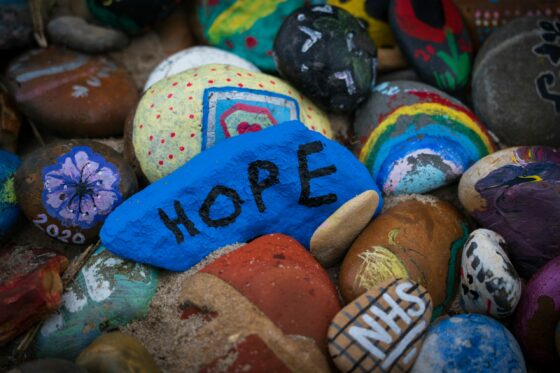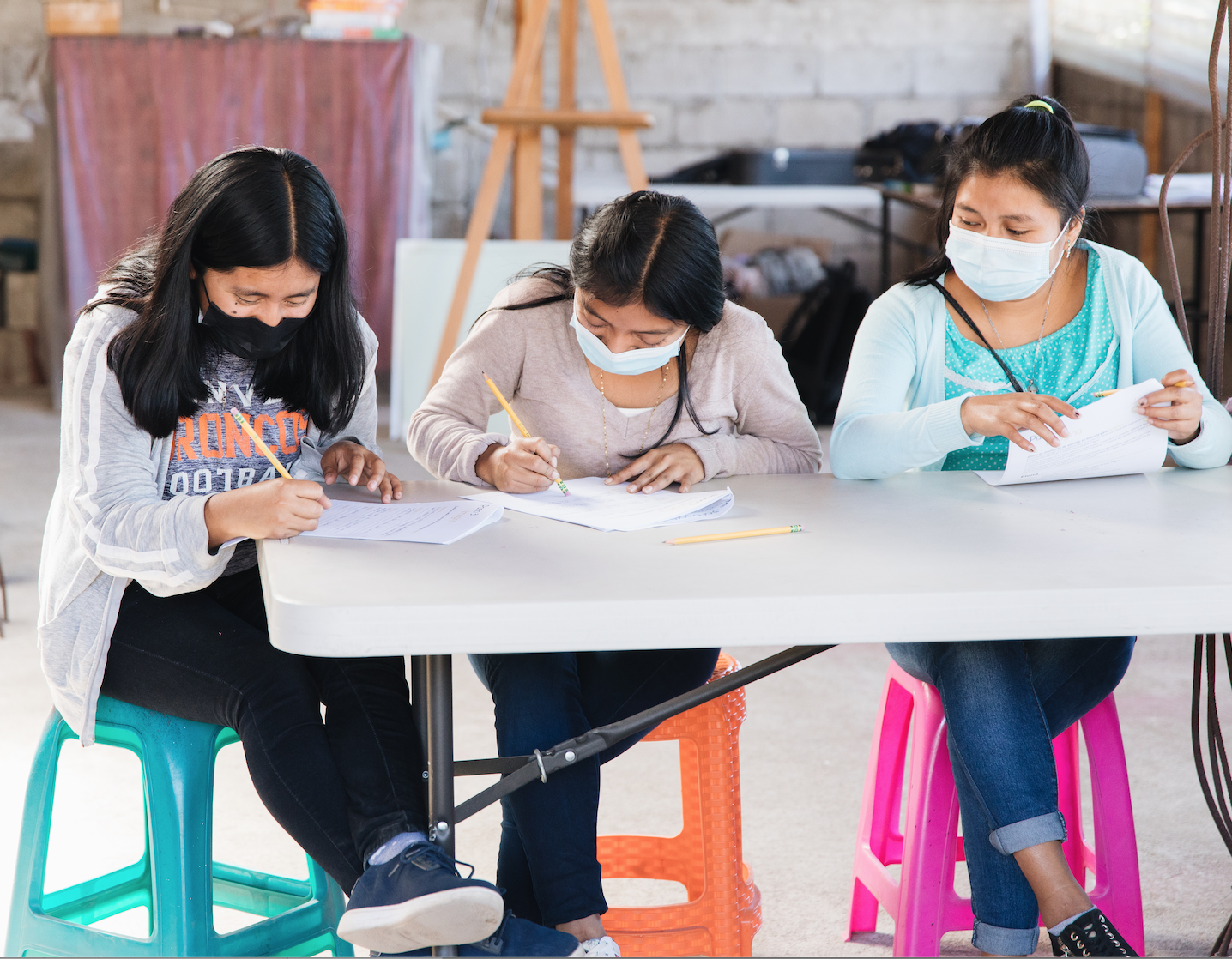
Using Mindfulness with Kids During Stressful Times
Stress tends to be higher during the holidays. More to do, plan, and get done before a deadline. Even if life is fun during the

Stress tends to be higher during the holidays. More to do, plan, and get done before a deadline. Even if life is fun during the

When I go into a classroom or get in front of large groups, I often ask, “How many of you like to write?” On average,

In my fifth grade classroom during the peak COVID era—a hugless year of masks, social distancing and hand sanitizer, I had a student named Chloe

Moving is not a simple, straightforward process that always goes according to plan. And if you have kids, you can expect a few unexpected surprises

Mental health means having emotional, psychological, and social well-being; when we think, act, and feel from a balanced perspective the majority of the time. Having

I was recently sitting and talking with a dear friend who has successfully beat cancer. As we talked she shared that she was beginning to

Stress is running high right now. Everyone is feeling it, whether it’s a change in our everyday routines, being worried about a loved one, or

Numerous studies have been conducted that reveal just how much stress today’s kids are under. Sadly, we see it every day revealed in bullying, anxiety,




Join our community to get the latest tips, exclusive offers, and updates straight to your inbox. Don’t miss out—subscribe now and be the first to know!